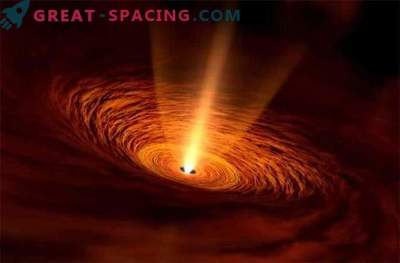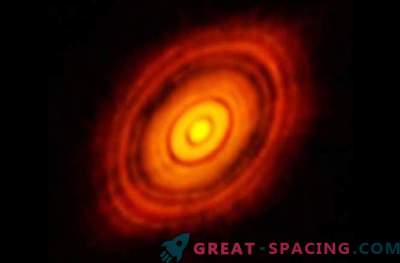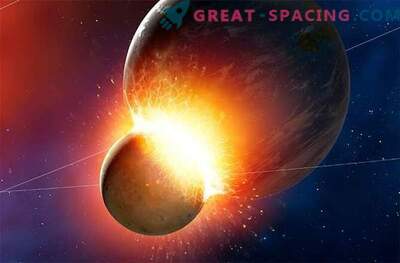
The Protoplanet revolves around a very young sun-like star, which is located in a giant molecular cloud of gas at a distance of 430 light years from Earth in the constellation Taurus.
Earlier, astronomers have already noted a gap in the disk of gas and dust surrounding the star, known as LkCa 15. They suspected that the gravitational pull of a developing planet dissipated the orbital zone, just as some satellites surrounding Saturn create gaps in his rings.
Now, a new series of observations adds key details in understanding the development of the planets.
"This discovery has far-reaching implications for our understanding of the formation of planets and the properties of young planets," wrote astrophysicist Zhaohuan Zhu from Princeton University in Nature magazine this week.
The study also shows that a planet called LkCa 15 b seems to have one or two sisters.
"In the images we notice several points of light in the gap of the accretion disk surrounding the star. These are candidates for planets," said graduate student Stephanie Salloum of the University of Arizona. Since LkCa 15 is very far away, the distance from the star to its planets is incredibly close, when viewed from ground-based telescopes, it is the same as looking at a finger from a distance of one kilometer.
Thanks to adaptive optics, which eliminates atmospheric distortion and a new masking technique, Sallum and his colleagues used the Large Binocular Telescope in Arizona to peer directly into the slit of the LkCa 15 dust disk. There they found obvious chemical fingerprints of an overheated body that reaches 17,500 degrees Fahrenheit, which is 16 times farther from its star than Earth from the Sun.
Computer models show that it takes several million years to form a planet. This may seem like a long time, but it is negligible for the lifetime of a star.
One of the key issues associated with the LkCa 15 system is how such a giant planet formed and how it continues to grow around a star whose age is only 2 million years.
A study published in the journal Nature this week.











































